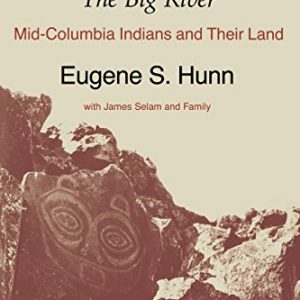Description
pp 350.George Mercer Dawson is a towering figure in Canadian history — and science — as the man who led the Geological Survey during its exploration of the Canadian West, mostly from horseback or from a canoe. A tough job for anyone, it was an extraordinary achievement for Dawson. Born in 1849, Dawson was crippled by a childhood illness that left him hunchbacked and in constant pain. He never grew taller than a young boy, and he never let his disabilities stop him. An avid photographer, amateur painter, professional geologist and botanist, and by necessity an ethnographer, Dawson wrote constantly: poetry, journals, reports, notes, and more than five thousand letters, his first at the age of six and his last just two days before he died in 1901.
But Dawson never wrote his memoirs. So, a century after his death, Phil Jenkins has lent him a hand. Using Dawson’s own words, and filling in the gaps in Dawson’s voice, Jenkins presents the man who left his heart in western Canada. Their countless stories — from witnessing the last great buffalo stampede to encountering the timeless customs of the Haida — evoke the real excitement of the age of exploration. Dawson knew the pain of unrequited love, suffered the bite of a million mosquitoes, and yet he travelled on, over mountainous physical odds, to become one of the most respected and enjoyed of Victorian Canadians, in the thought-provoking times of Dickens and Darwin.






